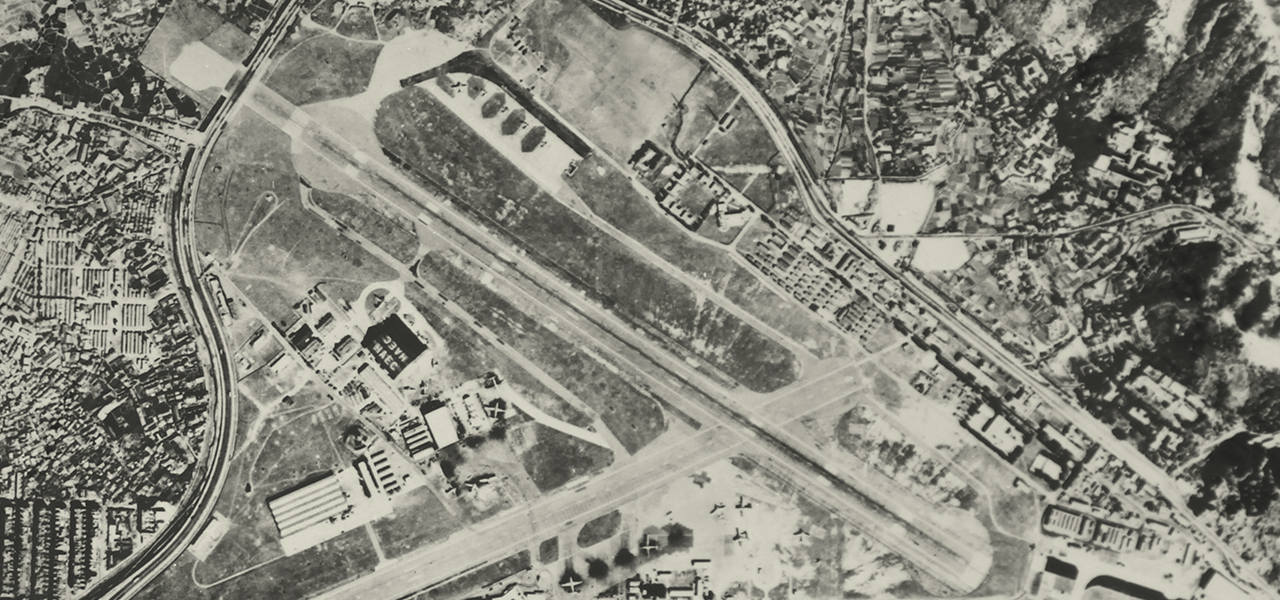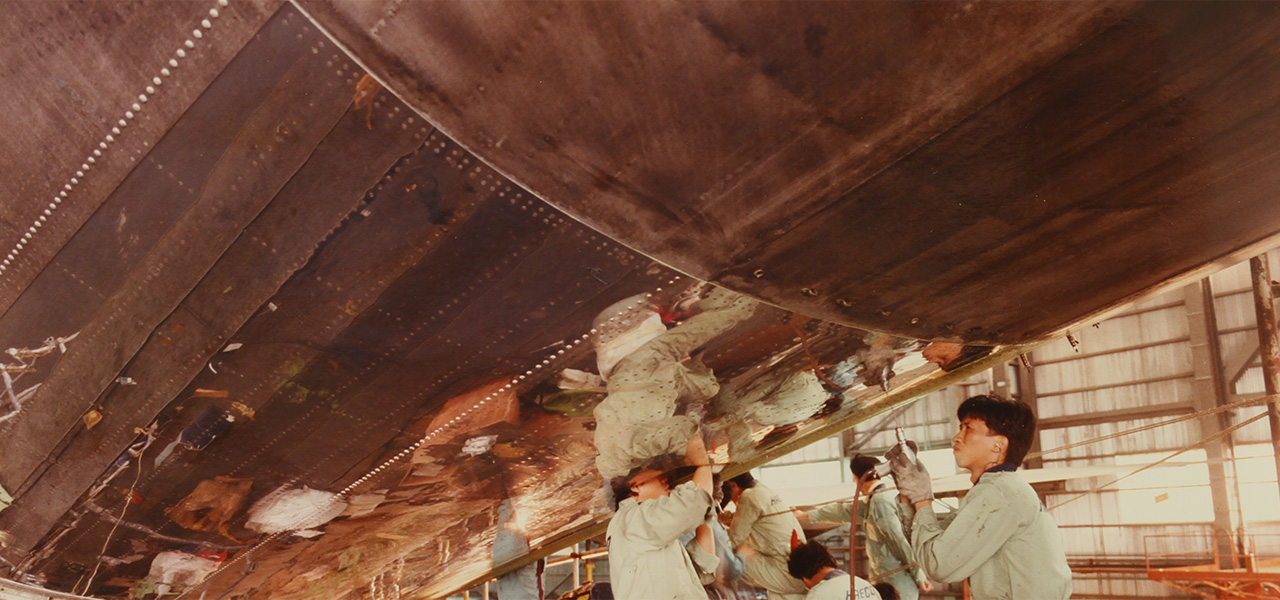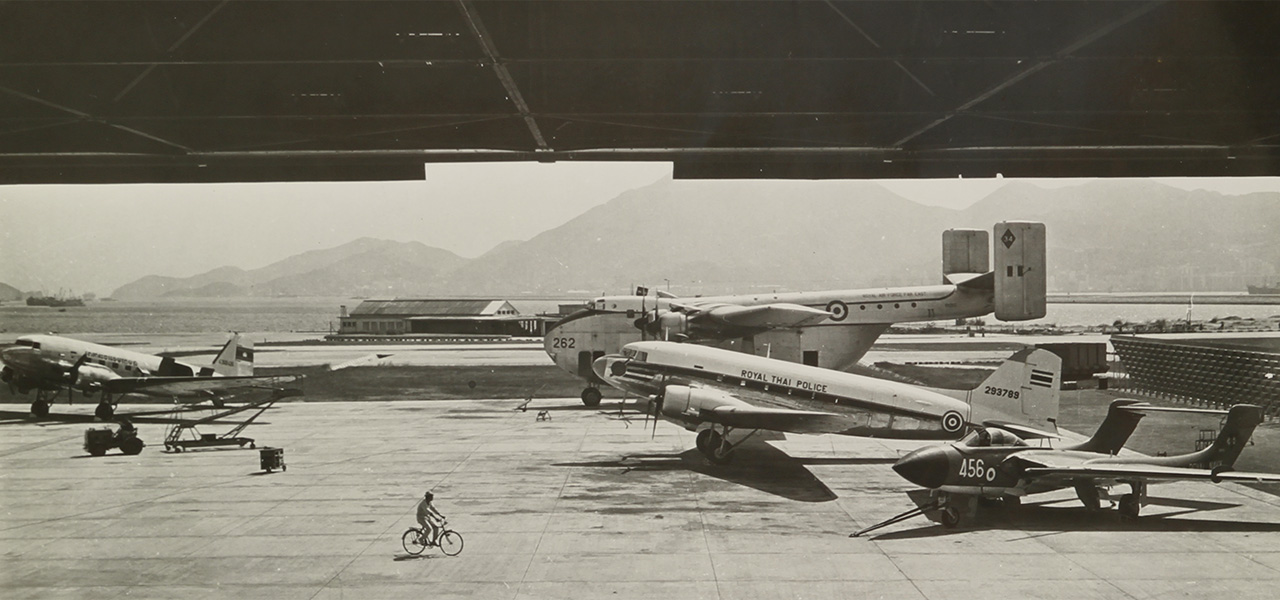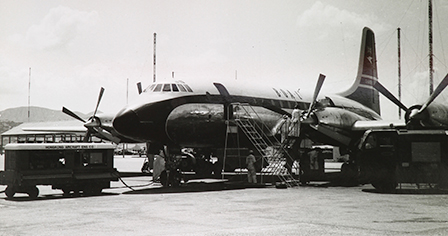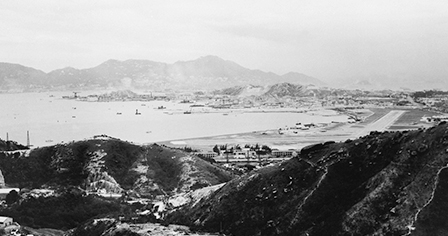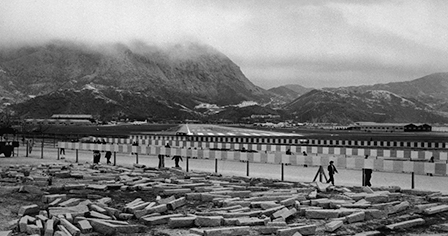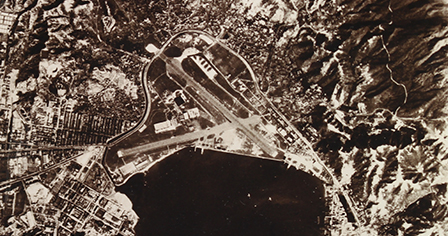
 Stories
Stories
-
01
The old airfield gates
-
02
Flying in & out
-
03
The old runways
-
04
Hangar for sale
-
05
How I went for work
-
06
The old Kowloon East
-
07
The old Kowloon Bay
-
08
The 1956 Riot
-
09
Making of 13/31
-
10
The new public estates
03

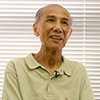
Chan Bing Cheong
Before the mid-50s, there was a runway in Kai Tak going south to north. Aircrafts approaching or departing from it actually traversed right above a thoroughfare…
The operation of the Kai Tak airport runway in the 40s and 50s
The old runway butted up against Argyle Street. Airplanes about to land on the runway had to fly above the street all along. Once a BOAC “Britannia” landed from Argyle Street in typhoon. There was a nullah in front of the runway and the water flowed across Far East Flying Training School into the sea. When the plane was landing, it struck the edge of the nullah! Anyway, after the new runway was opened, the planes landed instead from Hau Wong Road past the roof of Seven Joy Restaurant.
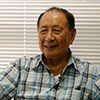
Cheng Tin Gai
Kai Tak had two runways in the 40s and 50s…
The operation of the Kai Tak airport runway in the 40s and 50s
Runway 07 extended from Argyle Street and Kowloon City to Richland Gardens today; another, called Runway 13, ran from Wong Tai Sin to Lei Yue Mun. The two runways were not parallel but intersecting. If a plane was landing from Lion Rock in Wong Tai Sin, the road had to be barricaded. A gate was lowered to block off traffic. That’s because the runway was short, and the plane had to make it across the road for adequate running.

Lee
You mention the barricade gate that blocked off road traffic. Where was it on the map of today?
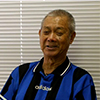
Lau Yee Kow
It’s the Tai Shing Street Market in San Po Kong today.
Closing the gate of the airport runway in the 50s
The gate was located at today’s Tai Shing Street Market and Wong Tai Sin Police Station. When a plane approached, someone would give notice and ring the bell, and the people in the middle of the road had to dash away. It was funny, you know, as the gate was supervised. But the plane did not sprint towards you, because the propellers were very slow in those days. Every time the gate was lowered for some eight to ten minutes.

Yiu Yu Tim
The takeoff point was at today’s Confucian Tai Shing Secondary School. A bit further there was the British army’s firing range, between Wang Tau Hom and today’s Rhythm Garden.
Closing the gate of the airport runway in the 50s
There was a gate at Kai Ming House, with a big boulder. When the plane came they would sound the signal and close up both sides of the road. Pedestrians on both sides were blocked, even if the plane came from Choi Hung Estate.

Bob
Did the barricade cause you inconvenience?
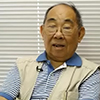
Au Sung Lai
Of course! We had this “inconvenience” you can hardly image today: we might not to be able to go home for lunch!
Failure of aeroplane landing affects the lunch hour of the staff
The traffic of Kai Tak was not really heavy in the 50s and 60s. There were two runways, one going towards Argyle Street and the other towards Wong Tai Sin. The one to Wong Tai Sin was used more frequently, because it had an extended part and the planes were getting larger, like DC-6, DC-6B and DC-7. The RAF had jet fighters like “Vampire” and “Venom” flying all over. They came back at about 11:50 and invariably they used that runway for landing. So the bus could not pass through. If the landing failed, the planes had to lift again and fly another circuit for a second landing. Then we’re doomed. They had to spend at least 15 minutes for that, and we could never make it to have lunch at home.

Cheng Tin Gai
Failed landing and second try after go-around were very common at that time…
The reasons for aeroplanes to descend near the Lion Rock Hill
The gate for Runway 13 was near Chuk Yuen. Planes landed between Kowloon City and Wong Tai Sin down below the Lung Cheung Road Lookout, and set off towards Lei Yue Mun. The new pilots were terrific. They flew extremely close to Lion Rock for landing, because the closer they were the earlier they could land. If they made it afar, the planes would have to land on the halfway point, meaning they wouldn’t have enough run distance to pull up and they had to go-around for a second landing.

